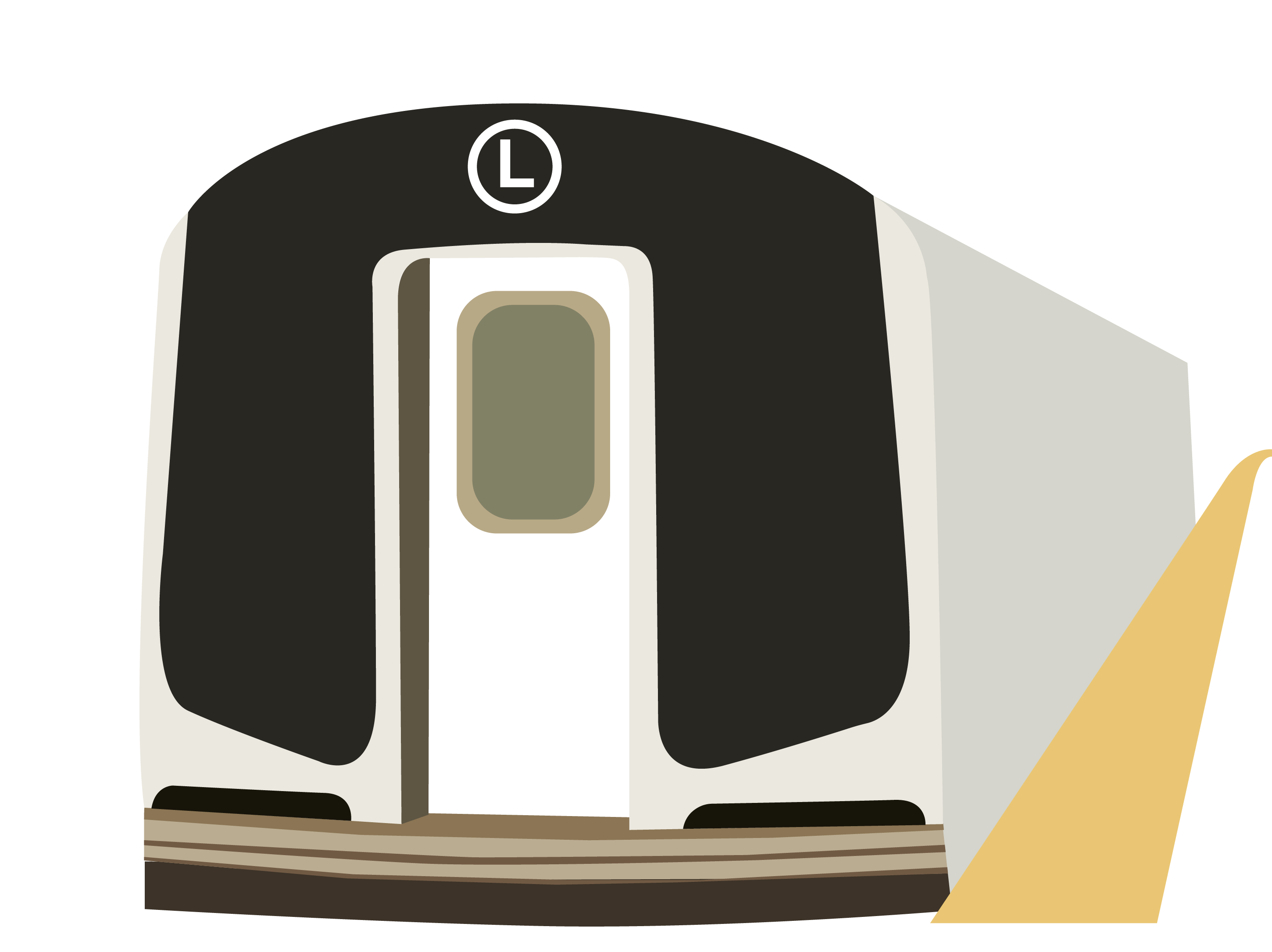Starting in April of next year, the L train will be shut down for 15 months between the Bedford Avenue station and the Eighth Avenue station. The impending changes are already putting some New School students on edge.
When Hurricane Sandy hit New York back in October 2012, seven million gallons of water flooded 7,110 feet of the Canarsie Tunnel, the tunnel where the L Train runs. The Canarsie Tunnel suffered significant damage to the tracks, signals, switches and cables. As a result, the L train will undergo major repairs. The tunnel needs a “complete overhaul,” according to the MTA.
The closest subway station to the New School, 14th Street – Union Square, is the fourth busiest subway station in the entire city, with an annual 34,557,551 riders, according to the MTA’s Annual Subway Ridership Report.
But the L train is already starting to shut down. The train is no longer running on weekends, and shuts down at 10:45 p.m. on weeknights, only to start working again at 5 a.m. — just in time for the morning commute. There are free shuttle buses, as well as M14 bus service, that will run between Broadway Junction in Brooklyn and Eighth Avenue in Manhattan, to make up for the L train not running on weekends.
Tabitha Liucci, a 20 year old sociology major, who lives off the J and M trains, said, “I’ve already noticed that it has gotten way more crowded. I’ve definitely noticed a difference, especially during the weekends when the L train isn’t running.”
The MTA is also renovating the J, M and Z lines until the end of January, making the commute from Northern Brooklyn to Lower Manhattan even more difficult. Due to the L Train being closed on weekends, other lines, like the J and M, become more packed than usual. MTA NYC Transit President Andy Byford said in an MTA press release, “To make sure our alternate service will be as reliable as possible before the project starts, we’re doing accelerated work now on those subway lines and stations that will absorb customers going to and from Manhattan,” in regards to the JMZ lines being repaired ahead of the L Tunnel Reconstruction.
Thana Pramadono, 19, Production Design major, said she has a lot of friends who live off of the L train.
“It affects their daily routes. They have to take multiple trains just to get here [Manhattan], when it would [normally] just take one.”
Some students are in the position to avoid the L train shutdown by moving to Manhattan.
Keaton Bullen, 18, a second year studying interior design student at Parsons, will move when his Williamsburg lease ends in June.
“I’m definitely going to be moving somewhere in Manhattan when the L train shuts down. It’s a huge inconvenience for me,” he said.
Bullen said alternative train routes aren’t a viable option.
“By other train routes, it takes me 50 minutes, when it would usually take me 20 minutes,” he said. Bullen said he takes cars to travel. “I don’t pay for my own Ubers, my parents do. But it adds up a lot,” he said.
On average, 225,000 people use the L train to go between Manhattan and Brooklyn, according to the MTA’s Annual Subway Ridership Report. The total daily weekday ridership from the Eighth Avenue station to the Canarsie-Rockaway Parkway Station reached 400,000 people in 2017.
Other students, like Moram Dankner, a fourth year photography major at Parsons, can no longer come to Manhattan during the weekends. She said that she has stopped renting photography equipment from the Equipment Center on the weekends due to fear of not being able to get back to Manhattan to return it on time.
“I used to come in on the weekends and work in the studio and labs, but I can’t come in on the weekend anymore, so all my work is squeezed in the middle of the week,” Dankner said.







